When I was younger, my grandmother, a Mexican woman with an unshakable love for her family’s well-being, always made sure that we had fresh bread on the table. Her kitchen was never without a warm loaf, and it was in those moments, as we sat around the table, that I first learned the true value of bread—how it could nourish the body and feed the soul. But over time, as I began learning more about nutrition, I noticed something. Traditional bread, while delicious and comforting, didn’t exactly meet the growing demand for high-protein foods, especially as I began working out more and focusing on a higher-protein diet. That’s when I discovered high-protein bread, and let me tell you, it’s been a game changer. Not only does it satisfy my carb cravings, but it provides me with the much-needed protein to support muscle growth and recovery.
In this comprehensive guide, I’ll take you through everything you need to know about high-protein bread—from understanding what it is and its health benefits to how you can incorporate it into your diet. Whether you’re an athlete looking to boost your protein intake, or someone simply wanting a healthier bread option, this article is for you.
Table of Contents
What Is High Protein Bread?
What Defines High Protein Bread?
High-protein bread is a type of bread specifically formulated to provide more protein than traditional bread. While most regular breads contain only a moderate amount of protein (about 2-3 grams per slice), high-protein breads can contain anywhere from 7 to 20 grams per slice, depending on the ingredients and the type of bread.
What makes high-protein bread different is the inclusion of ingredients like whole grains, seeds, nuts, and added protein sources such as whey protein, pea protein, or even soy protein isolate. These ingredients are known for their high protein content, making the bread a more nutrient-dense option compared to regular white or whole wheat bread.
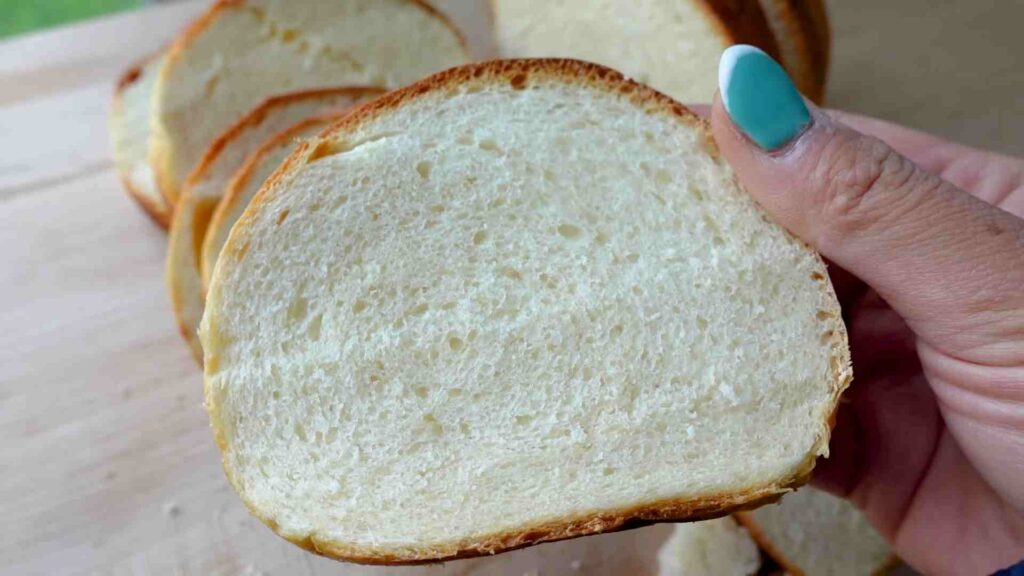
Why is Protein Important in Bread?
Protein plays a crucial role in the body. It is involved in the growth, repair, and maintenance of tissues. For athletes or those engaging in regular physical activity, protein is essential for muscle building and recovery. Adding more protein to your diet through bread allows you to enjoy a nutritious food that helps in muscle repair without sacrificing taste or comfort.
Additionally, protein helps regulate blood sugar levels, keeps you feeling full longer, and supports your immune system. By choosing high-protein bread, you’re not just opting for a healthier bread choice but also enhancing your daily nutrition.
Health Benefits of High Protein Bread
Boosting Muscle Growth and Repair
For anyone involved in fitness or resistance training, getting enough protein is crucial. High-protein bread can support muscle growth by providing the essential building blocks your muscles need to repair and grow stronger. Protein is often referred to as the “building block” of muscle tissue, and when consumed after exercise, it helps speed up recovery by promoting muscle repair.
If you’re looking to incorporate more protein into your diet without consuming protein shakes or bars, high-protein bread is a fantastic and convenient alternative. By adding this bread to your meals or snacks, you’re providing your body with a steady source of protein, which is essential for sustained muscle development.
Sustained Energy and Satiety
One of the primary benefits of a higher-protein diet is that it helps regulate blood sugar levels, preventing spikes and crashes that often leave us feeling tired or hungry soon after eating. High-protein bread offers a more balanced source of energy, preventing those mid-afternoon slumps and making it easier to stay focused throughout the day.
Protein-packed bread also promotes feelings of fullness, helping to curb overeating and unhealthy snacking. This means that if you’re looking to manage your weight or reduce your overall calorie intake, choosing high-protein bread over regular bread could be a beneficial strategy.
Better Blood Sugar Regulation
For those with diabetes or anyone looking to manage their blood sugar, high-protein bread can be a great option. When combined with fiber-rich grains and seeds, protein-rich bread can help slow the absorption of carbohydrates, preventing rapid spikes in blood glucose levels.
Studies have shown that protein has a stabilizing effect on blood sugar, making high-protein bread an excellent choice for individuals looking to maintain steady energy levels and improve overall metabolic health.
Ingredients in High Protein Bread
Common Protein Sources in Bread
The main ingredient that sets high-protein bread apart from traditional loaves is the inclusion of protein-rich ingredients. Some of the most common protein sources in high-protein bread include:
- Whole Grains: Grains like quinoa, buckwheat, and spelt offer higher protein content compared to refined flour. These grains also add fiber, vitamins, and minerals, enhancing the bread’s overall nutritional profile.
- Seeds: Flaxseeds, chia seeds, pumpkin seeds, and sunflower seeds are packed with protein. These tiny powerhouses also provide healthy fats and additional fiber, further enhancing the bread’s nutrient density.
- Legumes: Beans and lentils are excellent plant-based protein sources. Some high-protein bread recipes use ground beans or chickpea flour to boost the protein content.
- Protein Powders: To significantly increase the protein content, some manufacturers and home bakers add protein powders like whey protein or pea protein. These ingredients are easy to incorporate and can provide substantial amounts of protein per serving.
The Role of Gluten and Non-Gluten Flours
While traditional bread recipes often rely on wheat flour, high-protein bread may use a variety of gluten-free or low-gluten flours. Almond flour, coconut flour, oat flour, and chickpea flour are popular gluten-free options that also add protein content.
For individuals with gluten sensitivities, opting for gluten-free high-protein bread made with non-gluten flours ensures they are still getting the benefits of protein without the digestive issues associated with gluten.
Sweeteners and Additives
In some commercial high-protein breads, you might find sweeteners like honey, maple syrup, or even artificial sweeteners, which are added for flavor. While these can improve taste, they may not always align with specific dietary goals, such as low-sugar or keto-friendly diets. It’s important to check the ingredient list and ensure that the bread aligns with your nutritional needs.
How to Make High Protein Bread at Home
Step-by-Step Guide to Making Protein Bread
Making high-protein bread at home is relatively simple. Below is a basic recipe you can follow to create a delicious and protein-packed loaf:
Ingredients:
- 2 cups whole wheat flour
- 1 cup almond flour
- 1/2 cup ground flaxseeds
- 1/4 cup pea protein powder
- 1 tsp baking soda
- 1/2 tsp salt
- 1/2 cup warm water
- 1/4 cup olive oil
- 1 tbsp honey (optional)
- 2 eggs
Instructions:
- Preheat your oven to 350°F (175°C).
- In a large mixing bowl, combine the dry ingredients: whole wheat flour, almond flour, flaxseeds, protein powder, baking soda, and salt.
- In another bowl, whisk together the wet ingredients: water, olive oil, honey, and eggs.
- Gradually add the wet ingredients to the dry ingredients and mix until a dough forms.
- Transfer the dough into a greased loaf pan and smooth the top.
- Bake for 30-35 minutes, or until a toothpick inserted into the center comes out clean.
- Let the bread cool before slicing.
Adjusting the Recipe for Different Protein Goals
If you’re looking to increase the protein content further, consider adding more protein powder or a higher-protein flour like chickpea or quinoa flour. Additionally, for those following a vegan diet, you can replace the eggs with flax eggs or chia eggs.
Common Mistakes to Avoid When Making Protein Bread
- Overmixing the dough: This can result in dense bread. Mix the ingredients just until combined.
- Not allowing the bread to cool properly: Slicing the bread too soon can cause it to crumble.
- Using the wrong type of protein powder: Some protein powders do not bake well. Ensure you are using one that is suitable for baking.
Best Store-Bought High Protein Bread
Top Brands and Their Protein Content
For those who prefer convenience, several brands offer high-protein bread. Some of the best options include:
- Dave’s Killer Bread: Known for its protein-packed varieties, Dave’s Killer Bread offers options like the 21 Whole Grains and Seeds bread, which contains 5-6 grams of protein per slice.
- Ezekiel Bread: Made from sprouted grains, this bread is naturally higher in protein and fiber compared to conventional bread.
Sara Lee Delightful: Offers a high-protein bread with 7 grams of protein per slice.
Comparing Protein Content Per Slice
Here’s a simple comparison of popular high-protein breads:
Comparing Protein Content Per Slice
| Brand | Protein per Slice |
|---|---|
| Dave’s Killer Bread | 5-6 grams |
| Ezekiel Bread | 4-5 grams |
| Sara Lee Delightful | 7 grams |
Is Store-Bought High Protein Bread Worth It?
Buying high-protein bread can be a convenient option for busy individuals. While homemade bread gives you control over ingredients, store-bought options provide ready-made, nutritious choices for those who prefer convenience.
High Protein Bread Recipes for Different Diets
High Protein Bread for Keto Dieters
For those following a keto diet, it’s important to choose bread that is low in carbohydrates and high in protein. Here’s a keto-friendly recipe:
Ingredients:
- 2 cups almond flour
- 1/2 cup flaxseed meal
- 4 eggs
- 1/4 cup olive oil
- 1 tsp baking soda
- 1/2 tsp salt
- 1/4 cup protein powder
Instructions:
- Preheat your oven to 350°F (175°C).
- Mix all dry ingredients together in a bowl.
- Whisk the eggs and olive oil, then combine with the dry ingredients.
- Pour into a loaf pan and bake for 30-35 minutes.
Vegan High Protein Bread
For vegan diets, plant-based protein bread can be made by incorporating ingredients like chia seeds, flaxseeds, and plant-based protein powders. Here’s a recipe:
Ingredients:
- 2 cups whole wheat flour
- 1/2 cup chickpea flour
- 1/4 cup chia seeds
- 1/4 cup hemp protein powder
- 1 tbsp maple syrup
- 1 cup water
Instructions:
- Combine the dry ingredients in a large bowl.
- Add the wet ingredients and mix well.
- Pour into a loaf pan and bake at 350°F (175°C) for 35 minutes.
Gluten-Free High Protein Bread
For individuals with gluten intolerance, this gluten-free recipe includes almond flour and gluten-free oats, both of which are excellent sources of protein:
Ingredients:
- 2 cups almond flour
- 1 cup gluten-free oats
- 1/4 cup pumpkin seeds
- 1/4 cup flaxseeds
- 1/2 cup water
- 2 eggs
Instructions:
- Preheat your oven to 350°F (175°C).
- Combine dry ingredients in a large bowl.
- Add the wet ingredients and mix until smooth.
- Bake for 25-30 minutes.
Frequently Asked Questions
What Bread Has the Highest Protein?
Breads like Dave’s Killer Bread, Ezekiel Bread, and Sara Lee Delightful are popular choices for high-protein options. Dave’s Killer Bread typically offers 5-6 grams of protein per slice, while Ezekiel Bread provides 4-5 grams, and Sara Lee Delightful contains 7 grams of protein per slice.
Is High Protein Bread Worth It?
Yes, high-protein bread is an excellent way to increase your daily protein intake without having to rely solely on meat or protein shakes. It supports muscle growth, helps regulate blood sugar, and promotes feelings of fullness.
Can You Make High Protein Bread at Home?
Absolutely! Homemade high-protein bread allows you to control the ingredients and customize it according to your protein goals. With the right combination of protein-rich flours, seeds, and protein powder, you can easily create a loaf that suits your dietary needs.
Which Dave’s Killer Bread Has the Most Protein?
The 21 Whole Grains and Seeds variety of Dave’s Killer Bread has the highest protein content, offering 5-6 grams per slice.
Tips for Incorporating High Protein Bread into Your Diet
Making the Most of Your High Protein Bread
To make the most of your high-protein bread, try pairing it with protein-rich toppings such as avocado, eggs, or hummus. These combinations can further enhance the bread’s nutritional value, making it a complete meal.
How Often Should You Eat High Protein Bread?
While there’s no specific rule for how often to consume high-protein bread, incorporating it into your meals a few times a week can help you meet your protein goals without compromising on taste.
Conclusion: Is High Protein Bread Right for You?
High-protein bread can be a fantastic addition to your diet, especially if you are looking to increase your protein intake. Whether you’re looking to build muscle, regulate blood sugar, or simply enjoy a healthier bread option, high-protein bread offers numerous benefits. From homemade recipes to store-bought varieties, there are plenty of options available to suit your dietary needs. Ultimately, incorporating high-protein bread into your daily meals can provide you with sustained energy and help you stay on track with your health goals.
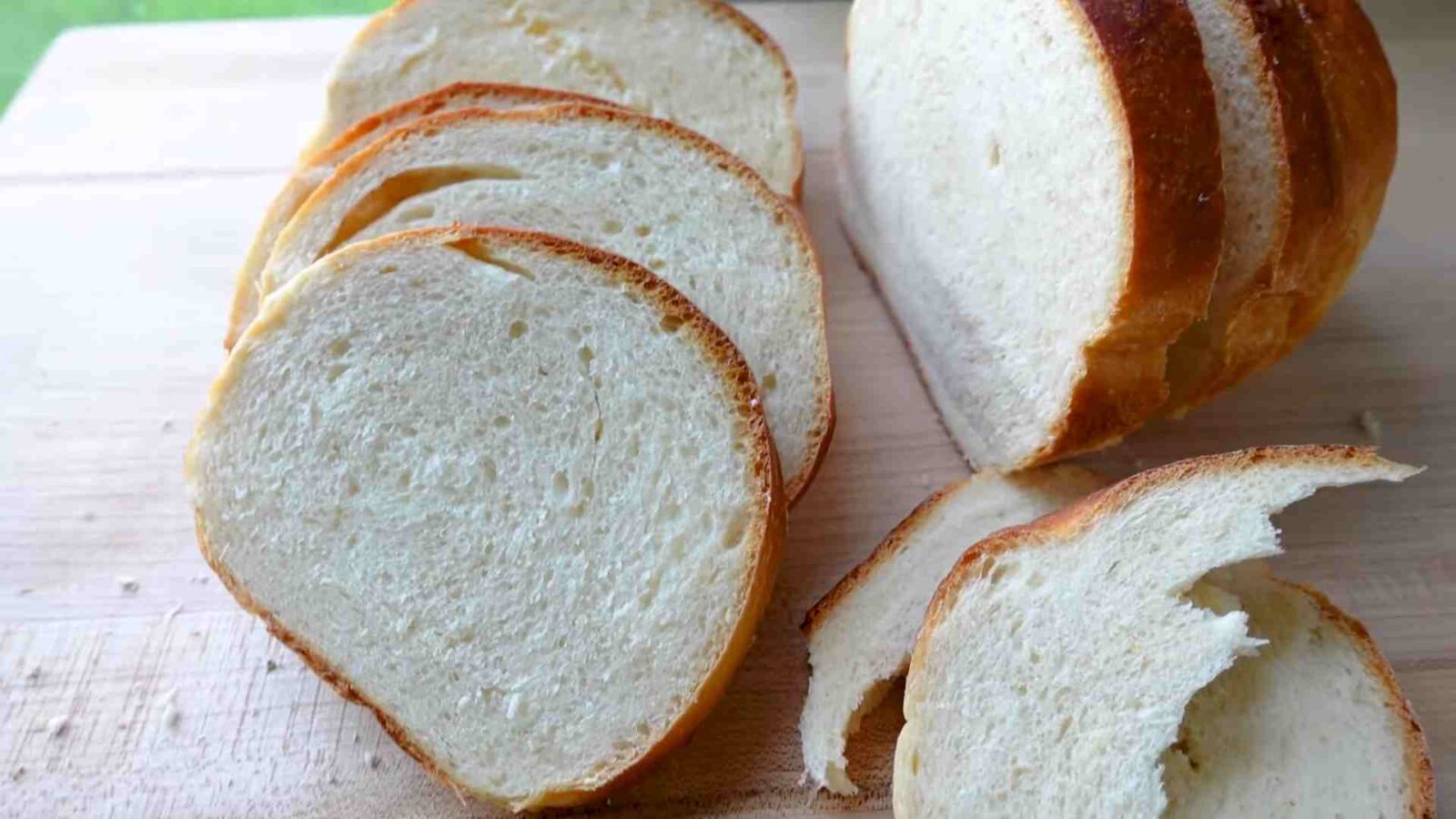
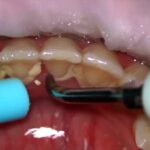
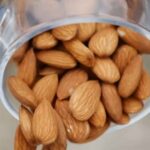


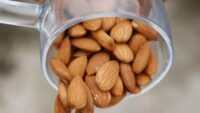
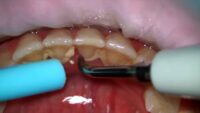

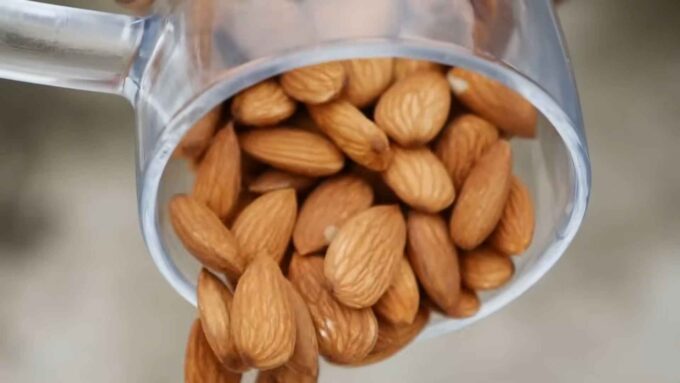


Leave a comment